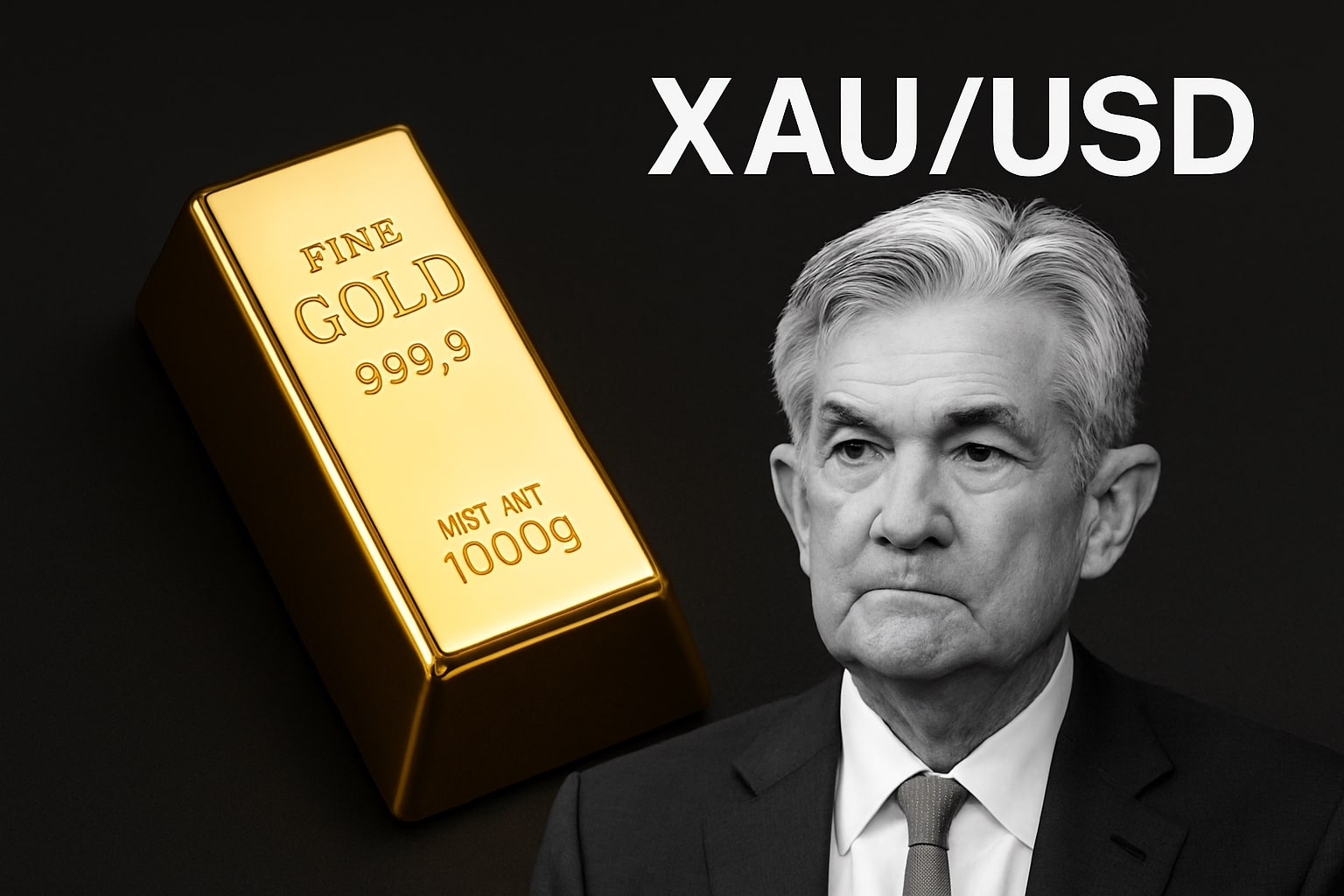Global Oil Benchmarks Fall as Oversupply Builds and Trade Risks Deepen
Crude markets entered the new week under heavy selling pressure, with West Texas Intermediate (WTI, CL=F) sliding to $56.88 per barrel (–1.15%) and Brent (BZ=F) retreating to $60.47 (–1.34%), extending their third straight weekly decline. The global market’s tone has shifted decisively from under-supply fears to concerns of a growing surplus, as inventories climb, production accelerates, and demand softens under the weight of renewed U.S.–China trade friction.
The International Energy Agency (IEA) added fuel to the bearish outlook by projecting a substantial global supply surplus in 2026, warning that rising non-OPEC output could exceed demand growth by more than 1.5 million barrels per day (bpd). The latest data from Vortexa revealed that over 1.24 billion barrels of crude and condensate are now in transit worldwide—the highest since the Saudi–Russia price war of 2020—driven by surging exports from the United States, Guyana, and Brazil alongside the unwinding of OPEC+ production cuts.
U.S. Output Hits Record as OPEC+ Supply Floods Market
American producers have continued to pump at record levels, with U.S. crude output rising to 13.636 million bpd, the highest ever recorded. The Baker Hughes rig count increased last week for the first time in three weeks, signaling that U.S. shale output remains resilient despite weaker prices. The supply expansion has coincided with OPEC+ gradually lifting its output restrictions, pushing combined exports to a 29-month high of 22 million bpd.
This surge in supply has pushed the Brent six-month futures spread into contango—a structure where near-term contracts trade below later-dated ones—encouraging traders to store oil in anticipation of higher prices later. The contango has widened to its largest level since December 2023, underscoring the shift in sentiment from scarcity to glut. Analysts like John Kilduff of Again Capital have warned that “floating storage will rise sharply as inland tanks fill,” marking one of the most bearish structural setups seen in years.
Trade War Returns to Center Stage as Trump Targets India and China
The fragile recovery in energy demand is being further undermined by a renewed U.S.–China trade conflict. Both nations have imposed new port fees on cargo shipments, threatening to slow freight flows and dampen industrial activity. The World Trade Organization recently warned that prolonged decoupling between the two largest economies could shrink global output by up to 7%, a scenario that would drastically reduce oil demand.
At the same time, geopolitical tension has flared as President Donald Trump vowed to maintain “massive tariffs” on India unless it halts crude imports from Russia, a move that could reshape global trade flows. Indian refiners, already scaling back Russian crude purchases under Western pressure, now face potential tariff penalties that could push them toward alternative suppliers in the Middle East or the U.S. Gulf.
The combined effect of slower Chinese imports, Indian trade pressure, and record North American exports has created a short-term imbalance between production and consumption. The result: a market facing both swelling inventories and fading optimism for near-term demand growth.
China’s Refining Surge Masks Weak Import Flows
While China’s refiners processed 5.4% more crude in September, crude import volumes fell sharply, signaling a pivot toward drawing down domestic inventories rather than expanding them. The country’s crude surplus narrowed for the second month in a row as Beijing’s independent refineries, known as “teapots,” cut intake amid shrinking margins.
Meanwhile, Chinese coal and gas generation dropped by 5.4%, highlighting weakening industrial energy consumption. Despite this slowdown, China’s export of refined fuels rose modestly, suggesting domestic demand remains under pressure. The fall in Chinese crude purchases is particularly notable given that the nation typically drives global oil demand during periods of recovery.
Tanker Traffic Data Confirms Oversupply
The most striking indicator of the global glut is the surge in oil at sea. According to Vortexa data, crude volumes in transit rose from 1.22 billion to 1.24 billion barrels in one week, excluding floating storage vessels that have remained stationary for over seven days. The last time similar levels were observed was during the 2020 pandemic-era collapse, when crude was effectively stranded at sea.
This new wave of floating supply stems largely from the Americas-to-Asia shipping corridor, where arbitrage opportunities have incentivized longer-haul routes. As freight rates normalize and Brent–Dubai spreads narrow, traders are increasingly sending U.S., Brazilian, and Guyanese barrels eastward. These longer routes have amplified the visible glut, extending delivery times and swelling seaborne inventories even before they reach onshore storage.
Technical Structure Weakens as WTI Tests Major Support
From a technical standpoint, both WTI (CL=F) and Brent (BZ=F) remain under heavy pressure. WTI’s critical support level near $55.00—a double-bottom from early summer—has reemerged as the line separating a rebound from a breakdown. Failure to hold that zone could trigger a slide toward $52.50 and possibly $50.00, a price level last seen during early 2023.
Conversely, a short-term bounce remains possible if traders cover shorts ahead of U.S.–China negotiations. A recovery above $58.00–$60.00 would signal stabilizing sentiment, but analysts caution that persistent contango and swelling inventories limit upside potential. Brent crude faces similar resistance between $61.50 and $63.00, with a broader ceiling near $65.00 unlikely to break unless demand rebounds meaningfully.
OPEC+ and Geopolitics Offer Limited Relief
Despite fears of overproduction, OPEC+ members have shown little inclination to cut output further. Saudi Arabia continues to emphasize the need for global investment of $18.2 trillion in oil and gas infrastructure through 2045, arguing that underinvestment—not overproduction—remains the long-term threat. However, in the short term, the group’s decision to unwind cuts coincides awkwardly with weakening demand.
In Africa, Nigeria’s Bonny Light fell 2.84% to $78.62, while OPEC’s basket price declined 2.00% to $61.79, reflecting the broader weakness across global blends. Even Louisiana Light plunged 5.87% to $60.44, confirming that regional benchmarks are now succumbing to international price pressures.
Meanwhile, geopolitical risk premia have largely evaporated. The Gaza ceasefire reduced fears of Middle East supply disruption, and Russian exports remain resilient despite sanctions. Russia’s LNG trade with China continues unabated, while CNPC maintains crude shipments from Niger, further easing global supply anxiety.
Market Outlook and Sentiment
Market sentiment has flipped from bullish to defensive in just one month. The Citi Group now argues that crude could test $50 per barrel, aligning with a chorus of analysts who see the current setup as unsustainable without fresh demand. Gunvor Group recently echoed this view, warning that “the oversupply is now taking shape,” with inventories rising both onshore and at sea.
Investors have reacted accordingly, rotating out of energy equities as index-linked funds trim exposure. The KBW Nasdaq Bank Index rose 1.86% as traders shifted toward financials, while oil-exposed stocks lagged broader indices. The shift reflects a broader belief that oil’s rebound will require either a sudden geopolitical event or coordinated output restraint—neither of which appear imminent.
WTI and Brent Outlook: Bias Remains Bearish
At this stage, the oil market is caught between abundant supply, fading demand, and political uncertainty. The fundamentals remain heavy: record U.S. production, expanded OPEC+ exports, and a structural contango that incentivizes storage rather than consumption. With no visible catalyst for immediate recovery, both WTI and Brent appear poised for further weakness through year-end.
WTI (CL=F) remains vulnerable below $57, with $55 acting as the final short-term line of defense. Brent (BZ=F) faces similar pressure under $61, with a potential slide toward $58 if trade tensions worsen. Unless OPEC+ intervenes or global demand revives, the probability of testing $50 oil in the coming months is increasingly high.
Based on the data, current pricing, and sentiment, the short-term outlook for crude remains Bearish, with a Sell bias on both WTI and Brent until clear evidence emerges of tightening inventories or renewed demand growth.
That's TradingNEWS




















